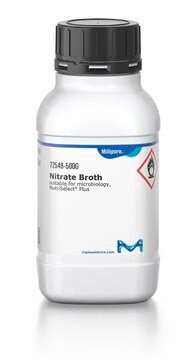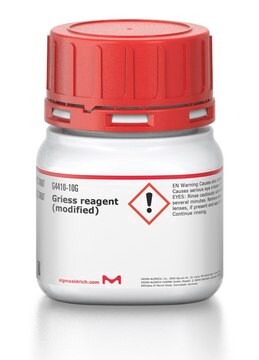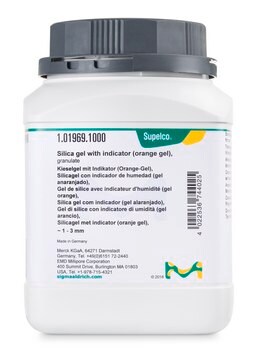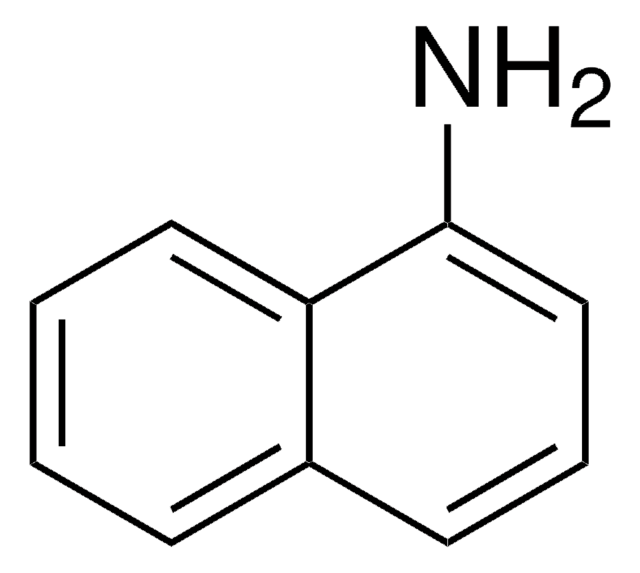73426
Nitrate Reduction Test
suitable for microbiology
About This Item
Productos recomendados
Línea del producto
BioChemika
Nivel de calidad
caducidad
limited shelf life, expiry date on the label
técnicas
microbe id | metabolite detection: suitable
aplicaciones
agriculture
clinical testing
environmental
food and beverages
pharmaceutical
microbiology
temp. de almacenamiento
2-8°C
idoneidad
Enterobacter spp.
Neisseria spp.
anaerobic bacteria
bacteria
Descripción general
Componentes
Sulfanilic acid (Cat. No. 86090) = Reagent A 100 g,
N,N-Dimethyl-1-naphthylamine (Sial D4011) = Reagent B 10 mL
Zinc (Cat. No. 93027) 1 g.
Palabra de señalización
Warning
Frases de peligro
Consejos de prudencia
Clasificaciones de peligro
Acute Tox. 4 Oral - Aquatic Chronic 2 - Eye Irrit. 2 - Ox. Liq. 3 - Skin Irrit. 2 - Skin Sens. 1
Código de clase de almacenamiento
5.1B - Oxidizing hazardous materials
Equipo de protección personal
Eyeshields, Faceshields, Gloves, type ABEK (EN14387) respirator filter
Elija entre una de las versiones más recientes:
¿Ya tiene este producto?
Encuentre la documentación para los productos que ha comprado recientemente en la Biblioteca de documentos.
Los clientes también vieron
Artículos
For microbiologists the most fundamental stain was developed in 1884 by the Danish bacteriologist Hans Christian Gram.
There are many other methods of detection to indicate the presence of E. coli. Review common tests and biochemical reactions for this contaminant.
Nuestro equipo de científicos tiene experiencia en todas las áreas de investigación: Ciencias de la vida, Ciencia de los materiales, Síntesis química, Cromatografía, Analítica y muchas otras.
Póngase en contacto con el Servicio técnico









![Nitrate Reductase (NAD[P]H) From Pichia Pastoris, recombinant freeze-dried protein glass](/deepweb/assets/sigmaaldrich/product/images/859/572/ae8d80df-c6d0-4cce-a526-35f8e21ca729/640/ae8d80df-c6d0-4cce-a526-35f8e21ca729.jpg)
